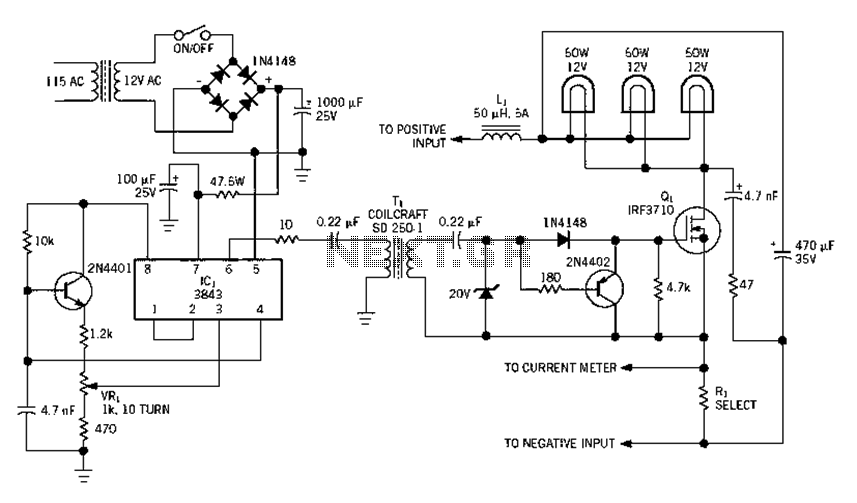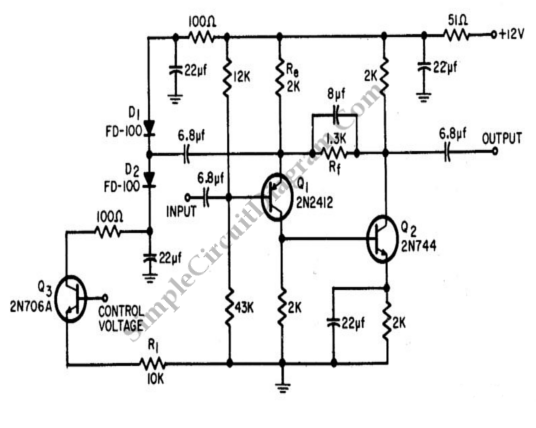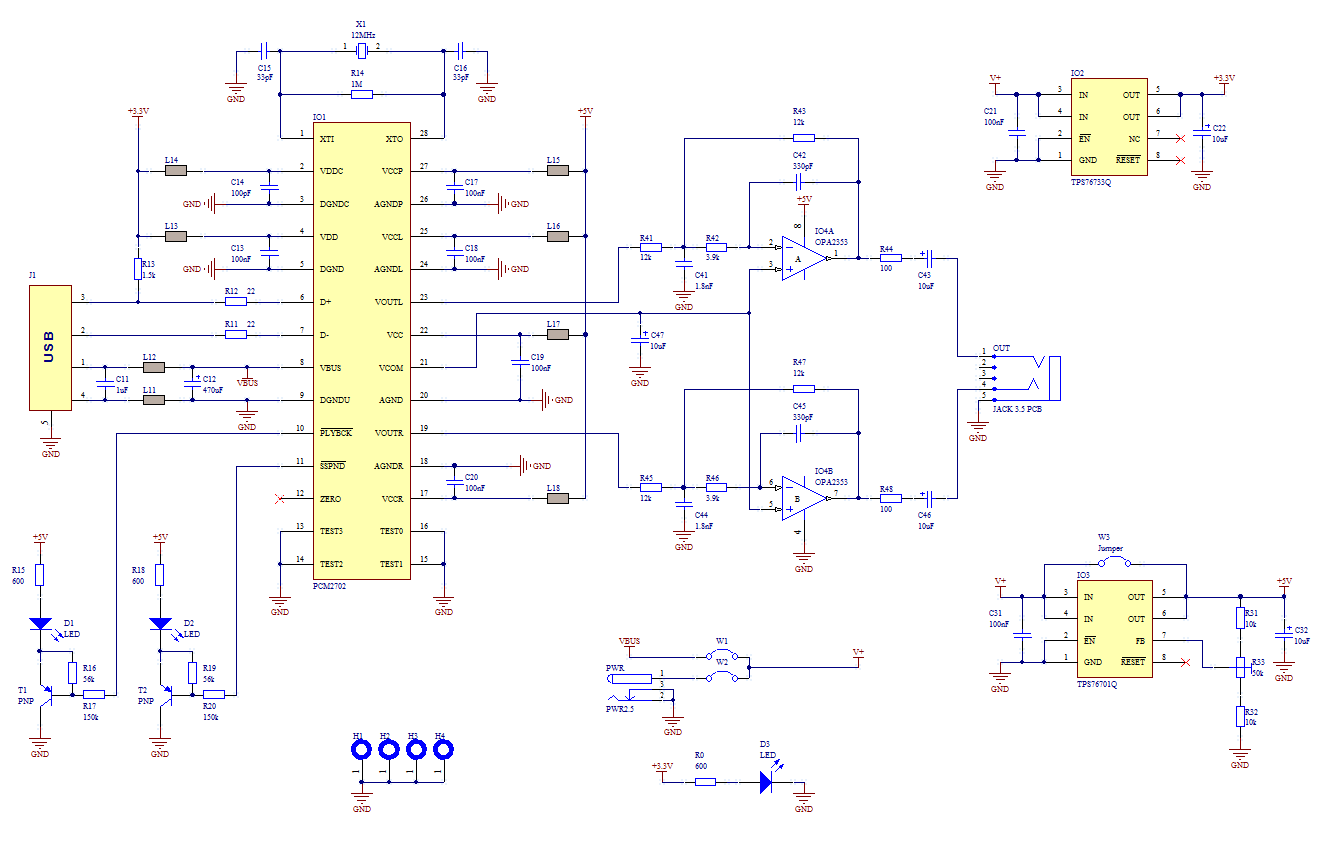
Sound Controlled Toggle Switch

This is a simple toggle switch that can be operated through sound signals such as a whistle or clap. The output of the toggle remains either low or high until...
This circuit utilizes a sound sensor to detect specific audio frequencies, such as those produced by a whistle or clap. The sound sensor is typically an electret microphone or a dedicated sound detection module that converts sound waves into electrical signals.
Upon receiving a sound signal, the sensor outputs a corresponding voltage level, which is then fed into a microcontroller or a comparator circuit. The microcontroller is programmed to recognize the specific sound pattern (whistle or clap) and toggle the output state of a digital pin accordingly. The output can drive an LED, relay, or any other load, providing a visual or functional response to the detected sound.
The toggle mechanism can be implemented using a flip-flop configuration, which ensures that the output state alternates between high and low each time the sound signal is detected. This allows for a simple on/off control based on auditory commands.
Power supply requirements for the circuit typically include a DC voltage source, which can range from 5V to 12V, depending on the components used. Proper decoupling capacitors should be employed near the power pins of the microcontroller to minimize noise and ensure stable operation.
For optimal performance, the sound sensor should be positioned to minimize background noise interference, and the sensitivity can often be adjusted via a potentiometer included in the circuit. Additionally, it may be beneficial to implement debounce logic in the software to prevent false triggering from unintended sounds.
Overall, this sound-activated toggle switch circuit offers an innovative solution for remote control applications and can be adapted for various use cases, including home automation and assistive technology.Here is a simple toggle switch that can be operated through sound signals such as whistle or clap. The output of the toggle remains either low or high unti.. 🔗 External reference
This circuit utilizes a sound sensor to detect specific audio frequencies, such as those produced by a whistle or clap. The sound sensor is typically an electret microphone or a dedicated sound detection module that converts sound waves into electrical signals.
Upon receiving a sound signal, the sensor outputs a corresponding voltage level, which is then fed into a microcontroller or a comparator circuit. The microcontroller is programmed to recognize the specific sound pattern (whistle or clap) and toggle the output state of a digital pin accordingly. The output can drive an LED, relay, or any other load, providing a visual or functional response to the detected sound.
The toggle mechanism can be implemented using a flip-flop configuration, which ensures that the output state alternates between high and low each time the sound signal is detected. This allows for a simple on/off control based on auditory commands.
Power supply requirements for the circuit typically include a DC voltage source, which can range from 5V to 12V, depending on the components used. Proper decoupling capacitors should be employed near the power pins of the microcontroller to minimize noise and ensure stable operation.
For optimal performance, the sound sensor should be positioned to minimize background noise interference, and the sensitivity can often be adjusted via a potentiometer included in the circuit. Additionally, it may be beneficial to implement debounce logic in the software to prevent false triggering from unintended sounds.
Overall, this sound-activated toggle switch circuit offers an innovative solution for remote control applications and can be adapted for various use cases, including home automation and assistive technology.Here is a simple toggle switch that can be operated through sound signals such as whistle or clap. The output of the toggle remains either low or high unti.. 🔗 External reference




